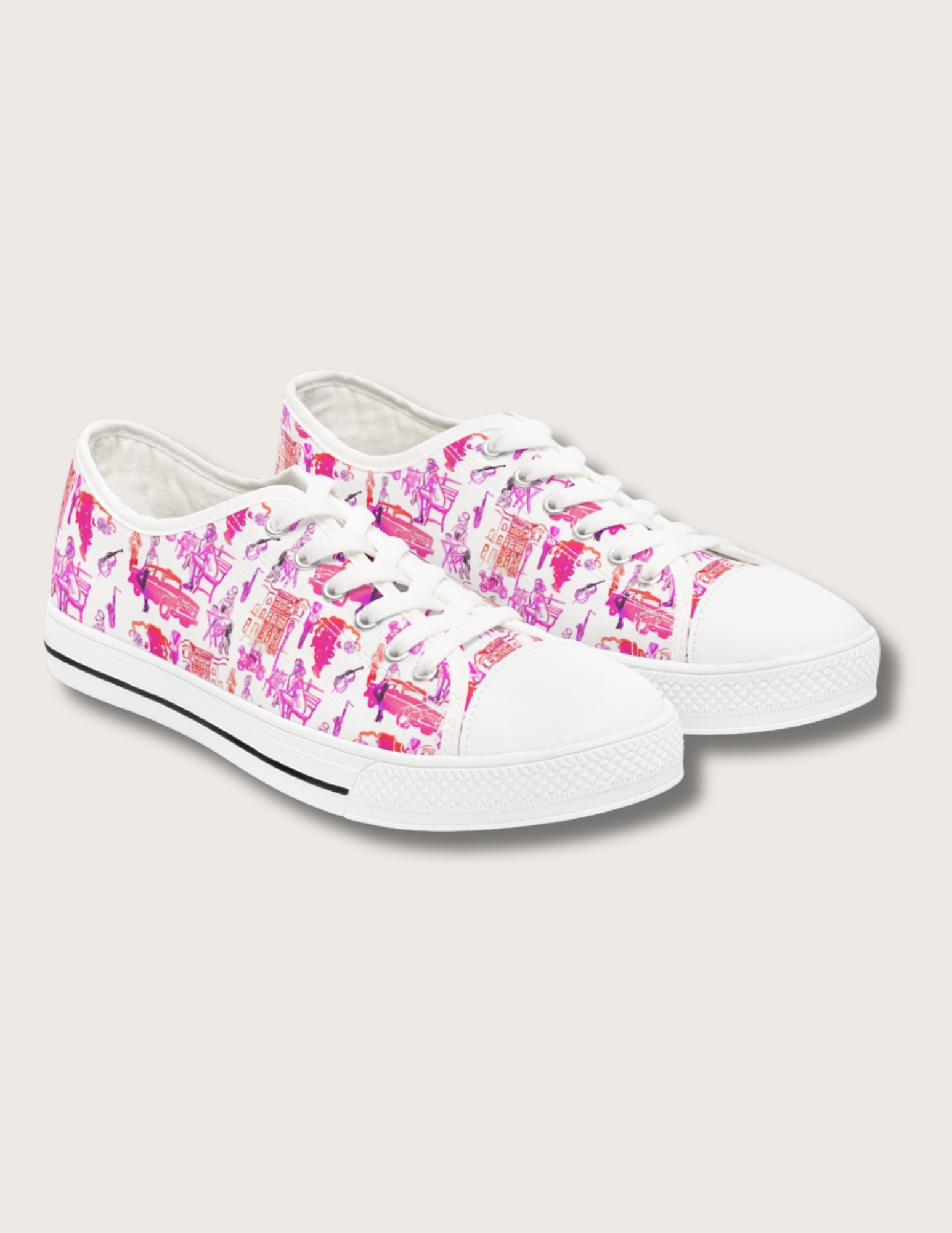Seleen Saleh: Behind The Lens Of Street Culture
Photos courtesy of Saleen Saleh. Originally published in AphroChic magazine Issue 3, Spring 2020.
Seleen Saleh was just a teenager the first time she picked up a camera, and she hasn’t put it down since. “I used my first camera at 16 years old. I really loved photographs, especially black-and-whites. I wanted to see how far I could take it.” She’s taken it far, and it’s returned the favor. Seleen’s camera has taken her around the world, leading the way as she captures the spirit of fashion on the streets of New York, Paris, London and Milan. Searching out those who organically embody it’s ethos, Seleen creates a visual study of culture through clothing, crafting the image one moment at a time. And her work has had an impact. Behind the lens, Seleen Saleh may be one of the most influential people in the world of street style, and you might not know her name - yet.
Saleh has just published her first book, Street Culture. The work was a long time in coming, but for Seleen, the moment felt right. “I really wanted to see a funky street style book,” she begins. “Something fun, colorful and exciting! My friends have been telling me for years to do one, then my coworker nudged me to do one and I obliged.”
The 300-page fashion photography book is an absolute treasure trove of vibrant imagery, as well as a who’s who of the creative world. “The people I have featured in my book are amazing creatives with great style.” Saleh remarks. “I want them to be celebrated and acknowledged and embraced.” There is writer and critic Antwaun Sargent biking in a pastel sweater, model Amy Sall looking classic in a camel blazer, designer Aurora James laced up in her very own Brother Vellies, fashion and travel editor Alexander-Julian Gibbson walking down the street in a leather trench, and there are even colorful appearances by Corinne Bailey Rae and Solange.
The visual world that Seleen creates has taken shape over years of work for publications such as Essence and events like AfroPunk. The images are a vital cultural record, highlighting the style and contribution of a community that is routinely left out of an industry that routinely looks to them for inspiration and sales. “Trends start on the street where people who don’t have access to expensive clothes get really creative in how they dress,” says Saleh. “The people on the street and some of the youth culture have always been groundbreakers with fashion and trends.”
There are several photographic traditions at work in pages of Street Culture, putting Seleen’s experience as a commercial and fashion photographer on full display. Alongside these is an elevation of the unique type of environmental portraiture that’s become such an important part of the social media era. Beneath it all is a thread of photojournalism that pulls every image together. Saleh is capturing a moment in fashion, art, and style by capturing the people who are living it. Equally the work is a portrait of New York City, whose streets provide the backdrop for the portraits in this book. The journalistic element is vital to the intent of the work, Saleh maintains. Encountering people as they are rather than as a contrived ideal is the essence of street style. “Street Culture is to me a lifestyle of authenticity,” she says. “Its about your attitude, your essence and your vibe.”
As a book, Street Culture is colorful, eclectic, funky, exciting, and most importantly, inclusive. “We have always been here whether you choose to acknowledge us or not. Our people have always led in style, trends and elegance. I would love my work to remind us how stunning and timeless we are. Nothing can mimic the real thing.”




















